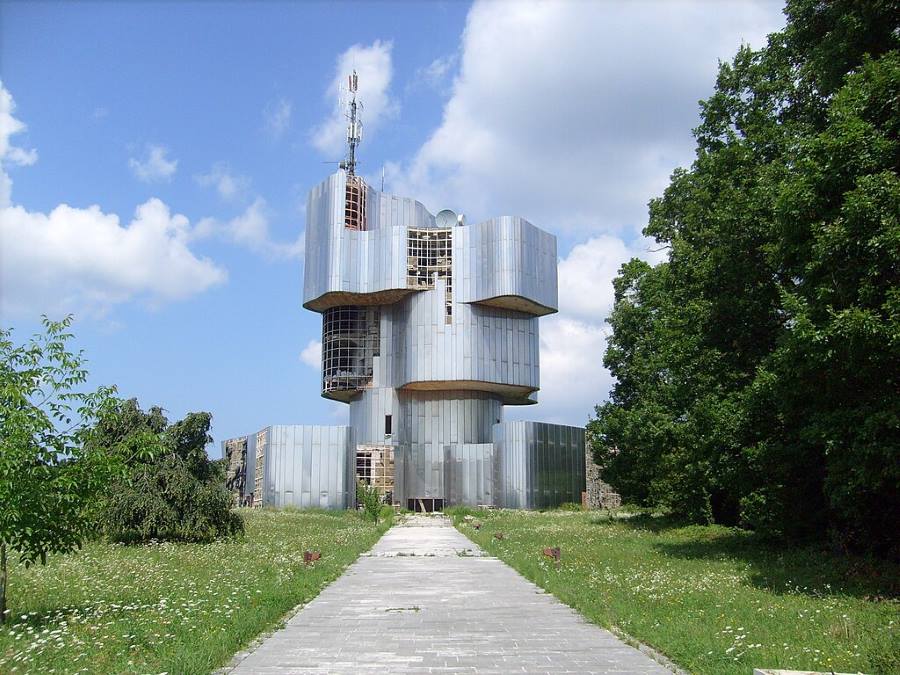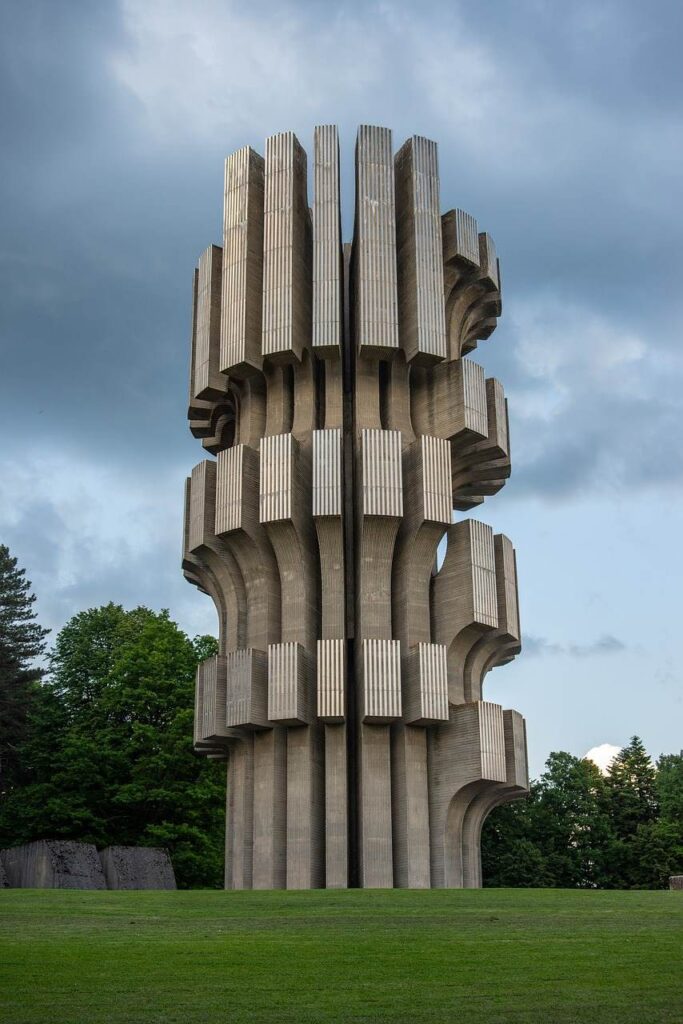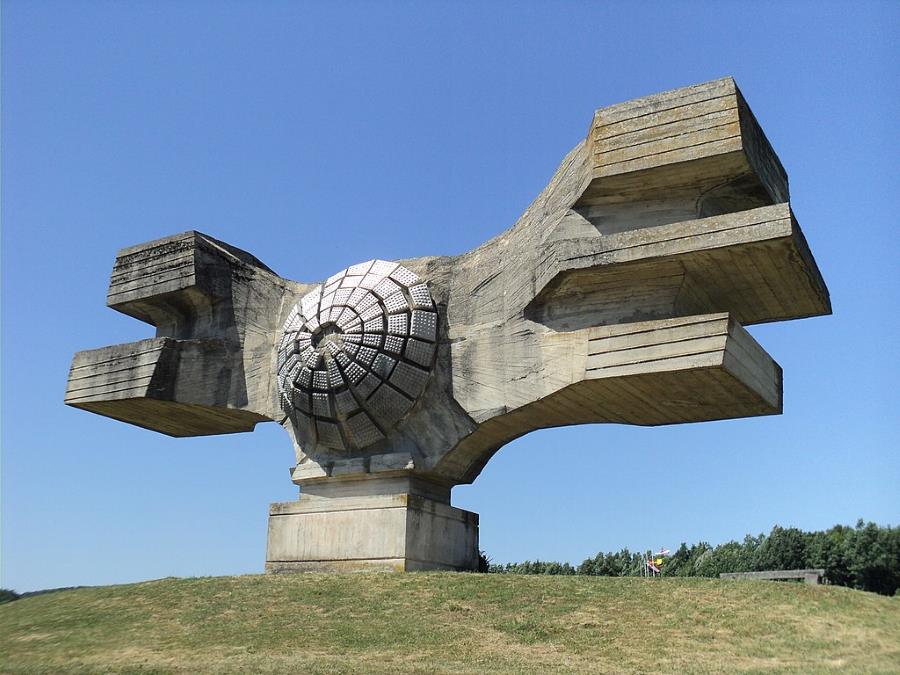Discover the captivating world of Yugoslav spomeniks – monumental structures from the former Yugoslavia. Unveil the intertwined tales of art, resistance, and memory behind these magnificent abstract edifices. From Petrova Gora’s uprising symbol to the iconic Kozara monument, journey through a unique blend of modernism and poignant narratives.
The former Yugoslavia, a diverse federation of nations that existed from 1918 to 1992, left behind an enduring and unique legacy in the form of its monumental abstract spomeniks (monuments). These structures, often built to commemorate significant historical events, primarily World War II battles and concentration camps, stand as bold symbols of resistance, unity, and memory. Their distinct design – blending abstract modernism with deeply rooted local narratives – has captivated the imagination of both historians and artists. Characterized by their often massive scale, geometric abstraction, and imposing presence, these monuments exude a powerful combination of artistic expression and symbolic significance.
Across the vast landscapes of the former Yugoslavia, these spomeniks serve as reminders of a bygone era, a testimony to the will of a people who faced the tumultuous events of the 20th century. Yet, their aesthetic appeal extends far beyond their historical significance. As artworks, they challenge conventional design norms, intertwining sculptural form and symbolic content in ways that continue to inspire and provoke.
In an era where much of the world’s history is simplified or forgotten, these spomeniks stand defiant, demanding contemplation. Their designs, ranging from abstract forms to more literal representations, convey a depth of emotion and historical weight. They are not merely stone and concrete edifices; they are artistic marvels that encapsulate the essence of the Yugoslav spirit.
Five Must-See Spomeniks of the former Yugoslavia:
The Monument to the Uprising of the People of Kordun and Banija in Petrova Gora – A futuristic stainless steel structure that seems to emerge from the very earth it stands upon.

The Monument to the Revolution at Kozara – Dedicated to the fighters and victims of the WWII Kozara Offensive, this massive structure is an emblem of resistance.

The Monument to the Battle of the Sutjeska in Tjentište – Celebrating a significant WWII battle, it features dramatic sculpted figures.

The Monument to the Revolution of the People of Moslavina in Podgarić – A flying saucer-like structure standing atop a hill, providing a panoramic view of the surroundings.

The Stone Flower in Jasenovac – A memorial dedicated to the victims of the Ustaše concentration camp during WWII, designed by Bogdan Bogdanović.

For those with a passion for exploring these captivating structures, one of the most comprehensive online resources available is the Spomenik Database. This meticulously curated site offers a deep dive into the history, significance, and design of each monument. The database is not only an invaluable tool for historians and enthusiasts but also a testament to the dedication of those who recognize the importance of preserving and sharing this unique artistic and historical legacy.
Historical Challenge: Can You Conquer the Past?
Answer more than 18 questions correctly, and you will win a copy of History Chronicles Magazine Vol 1! Take our interactive history quiz now and put your knowledge to the test!
